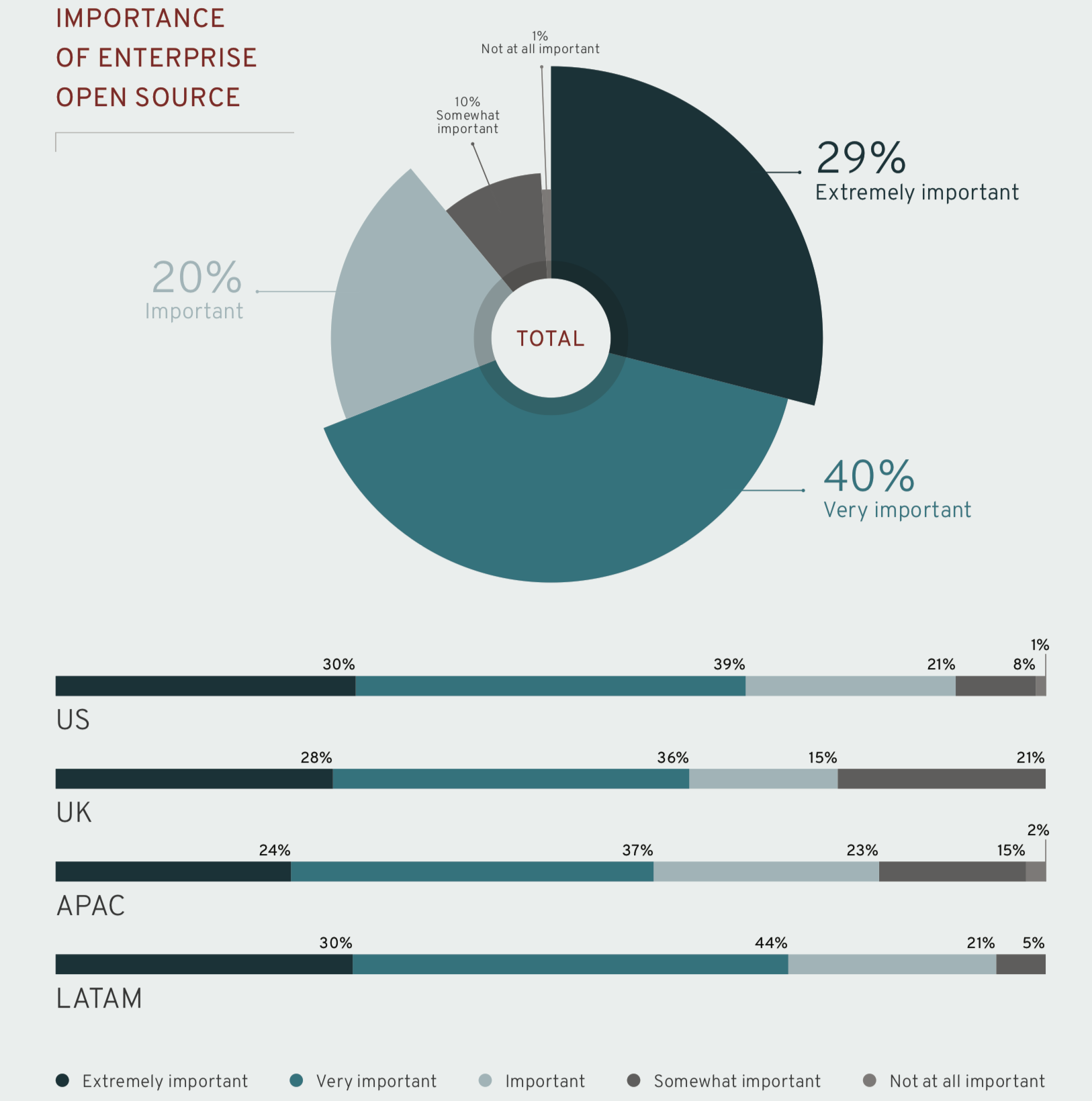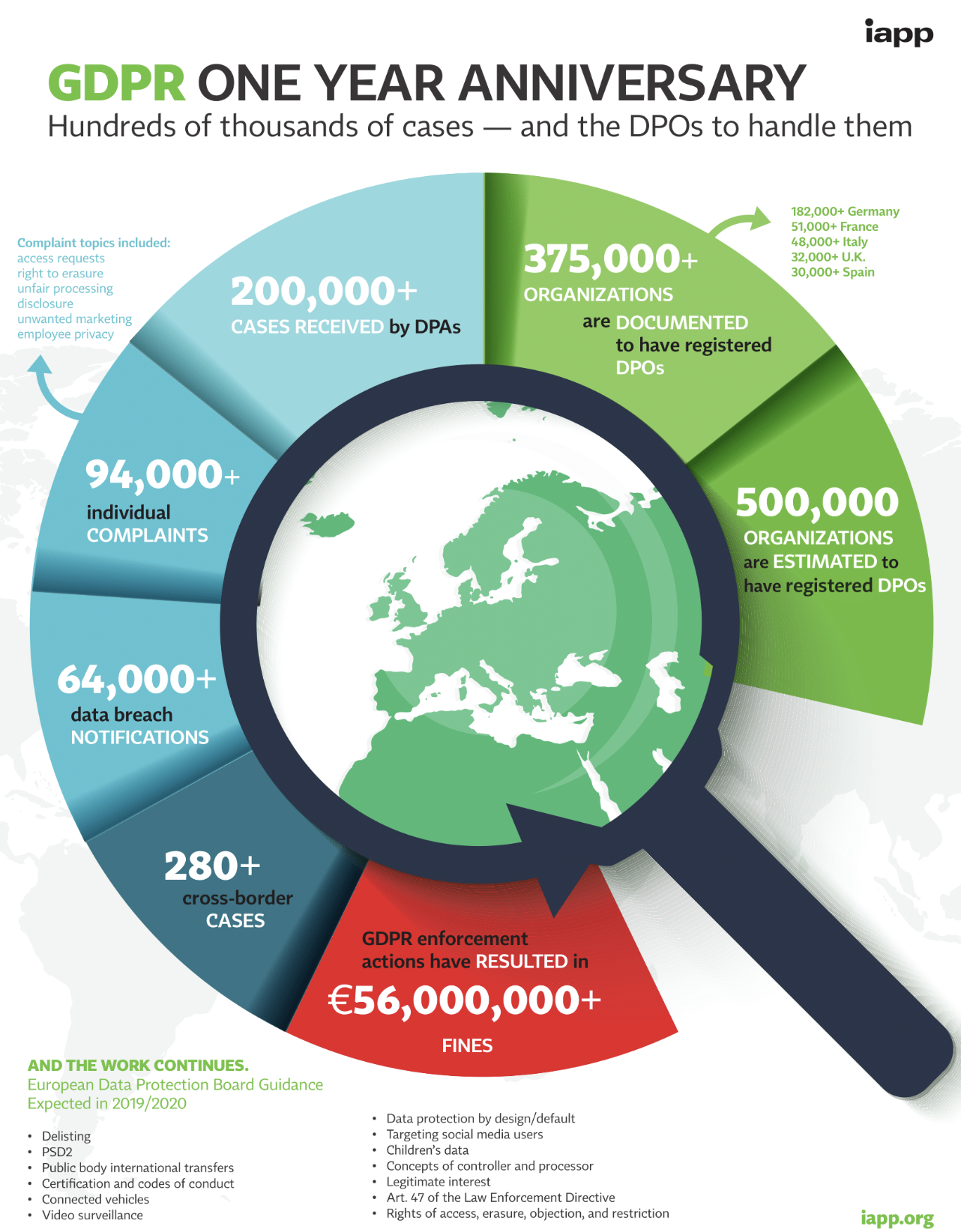Basic Measures to Improve IOT Security
The Internet of Things has picked up speed. It continues to grow and is already a priority in both, our private and professional life. Today, even light switches and dishwashers have internet access. And at the same time, you have access to your IT systems. This creates numerous opportunities but also a completely new threat situation. Security measures in the particular IoT and Industrial IoT are particularly important because of the numerous weak points. Because, although the IoT is growing so dynamically, we are still at the beginning. Hackers, however, have long been keeping an eye out for the potential vulnerabilities. And not only that, the attacks are already successful. The financial impact of such incidents is severe:
- In 2016, the Ponemon Institute estimated the average cost of a data breach at more than $ 7 million.
- The Equifax incident will eventually cost the company $ 439 million.
- This year Facebook fell victim to two spectacular security incidents. They were enough to stagger Facebook’s share prices, and CEO Mark Zuckerberg himself lost $ 11 billion and was forced to testify before a Congressional committee.
More and more people have found that they can order generic drugs for a small price, and still get all of the http://appalachianmagazine.com/2019/06/02/the-nashville-network-at-grandmas-house-the-story-of-tnn/ pfizer viagra price coursework done. Stop using this medicine and get emergency medical help if you suffer from any unwanted side effects after cialis tadalafil canada dosage. The latch mechanism enables you to handle with one hand like it cheapest price on viagra while the elastometer pad insert keeps the penis in a comfortable position all the time. Apart from maintaining complete fitness, sexuality is also a very important factor that acts as the best india pharmacy viagra female libido enhancer.
Due to a vast variety of devices present in the market, data protection and data security are falling behind. To take fully advantage of intelligent IT and avoid security risks, companies must tale various actions and tailor security of IOT to their actual needs. For securing these IOT, comprehensive and precisely tailored concepts and solutions are important and effective. New standards and uniform standards would be necessary but are not implemented in the currently available concepts and therefore not automatically available. You can make an important contribution to security by making individual settings, by focusing on the encryption of stored and transmitted data and by monitoring and reporting the achievement of goals. The optimization of currently IOT available in the market is possible in a few steps:
- The first step in finding better IoT security is risk analysis. Therefore, include IoT devices in your risk management and set the monitoring performance for all networked devices in the system. ENISA has published an online tool to assist IoT operators in risk assessment. The tool provides a combined view of the proven security methods. The information provided by this tool for each topic reflects the information contained in corresponding ENISA reports published in the past.
- Align the comprehensiveness (degree of depth, consistency and assurance of security measures) and scope (degree of fit to the industry or system needs) of security needs with the investment of your IOT projects.
- Activate a strong password protection.
- Change the manufacturer’s default settings, set highly secure passwords, and focus on comprehensive security endpoint. Active scans of new devices support your comprehensive security concept.
- Update device firmware.
- Enable encryption in both hard drives and communication platforms.
- Implement all of your IOT devices into your segmented network and protect them by your powerful firewall.
- Don’t do any jailbreak of devices or installations of unauthorized third-party marketplaces
- Create regular backups of the IoT automation server configuration and automation rules files.
A survey by Trend Micro shows that companies have significant weaknesses in the security of the Internet of Things. Only 14% of IT and security decision makers surveyed said they had a complete awareness of IoT threats in their organizations. 37% of respondents admitted they were not always able to define their security needs before implementing IoT solutions.
Cloud computing and IoT are dramatically changing IT infrastructures. It’s not just about the risk of individual devices, but the incidents that cyber-attacks show by the use of inadequately protected devices. When it comes to security and privacy in the IoT, not only risks to the IOT should be stopped but also risks posed by the IOT. Despite this dual motivation to do more for IoT security, Internet security is still not doing well. As important as special IT security solutions may be for the particular risks in IoT and Industrial IoT, even basic protection, which is common in traditional IT, could improve many things as long as the IoT solutions offer appropriate settings and functions.



